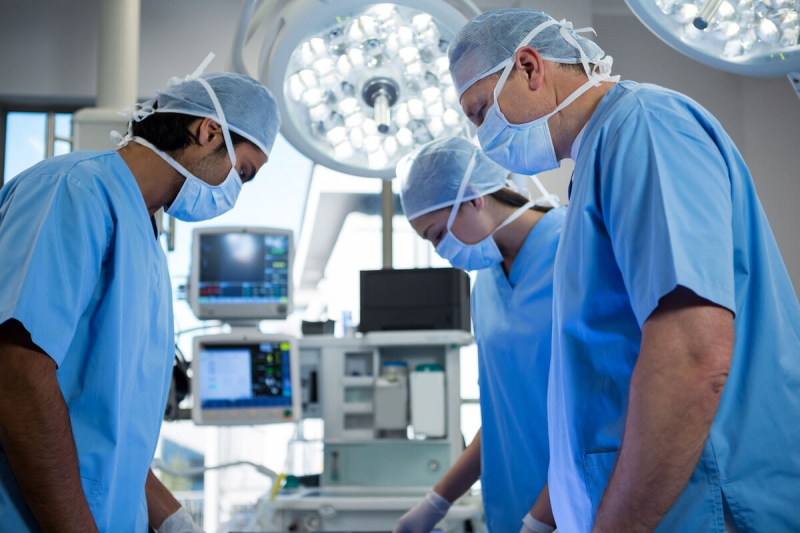Type 1 diabetes is a condition that occurs when the pancreas in our body is damaged and cannot produce insulin. In type 1 diabetes, insulin treatment is absolutely necessary from the very beginning and these patients cannot survive unless they use insulin.
Type 2 diabetes is more common and seen at about 90% of the patients. Type 2 diabetes is a type of diabetes in which insulin resistance, which is mostly caused by genetic factors, is seen in the majority of patients, but also has insulin secretion disorder.
In type 2 diabetic patients, lifestyle changes, regulation of nutrition, exercise and oral antidiabetics are implemented.However, as a result of the decrease in insulin secretion capacity in Type 2 diabetic patients, they may end up in a position with insulin secretion insufficiency.
A chart with increasing excess weight, diabetes, cholesterol and high blood pressure is called Metabolic Syndrome. The treatment of Metabolic Syndrome using surgical methods is called Metabolic Surgery.
With surgical treatment, insulin, which is present in the body but cannot be used, is made available in type 2 diabetes patients. Because surgery increases insulin sensitivity, patients with shorter diabetes duration and higher endogenous insulin reserve benefit more from metabolic surgery.
Nowadays, there have been serious changes in the content of foods consumed in our daily diets. Refined, processed foods take a significant portion of the foods we consume now. For this reason, it is fair to say that foods undergo a pre-digestion and are digested almost completely as soon as they exit the stomach. More importantly, most of these products are high-calorie foods. As a result, the content coming to the last part of the small intestine becomes very poor in terms of food content and the effects of the intestinal hormones in this part are also reduced and the insulin already present in the body cannot be used. This situation forms the basis of Metabolic Surgery applications.
In short, metabolic surgery applications either take the food to the last part of the small intestine or the last part of the small intestine to the food.

